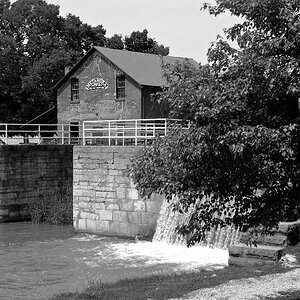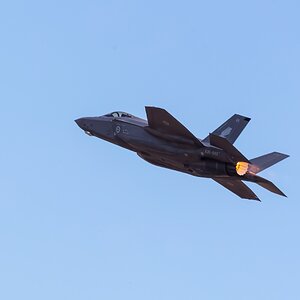usayit
No longer a newbie, moving up!
- Joined
- Nov 15, 2003
- Messages
- 9,521
- Reaction score
- 347
- Can others edit my Photos
- Photos OK to edit
I think a super zoom can...
but
it wouldn't be a P&S any longer (at least by our definition today).... Just like the new Micro-4/3rds format, there will be a melding of technologies between the high end P&S and DSLR.
It doesn't matter if it is a small compact EVF based camera, P&S, DSLR, or whatever is currently on someone's R&D desk. If the quality, functionality, and features are right, there will be some forward movement towards changes in the marketplace. DSLRs as we know it will be around for years because of current investments in lenses and equipment that all transitioned to digital from 35mm film days.
A complete demise of DSLRs? Probably not.... just like medium format and their digital counterparts still have a place.
but
it wouldn't be a P&S any longer (at least by our definition today).... Just like the new Micro-4/3rds format, there will be a melding of technologies between the high end P&S and DSLR.
It doesn't matter if it is a small compact EVF based camera, P&S, DSLR, or whatever is currently on someone's R&D desk. If the quality, functionality, and features are right, there will be some forward movement towards changes in the marketplace. DSLRs as we know it will be around for years because of current investments in lenses and equipment that all transitioned to digital from 35mm film days.
A complete demise of DSLRs? Probably not.... just like medium format and their digital counterparts still have a place.


 :lmao:
:lmao:





![[No title]](/data/xfmg/thumbnail/39/39289-c5ea6a611707fdd5786347f4a67d63ae.jpg?1619738957)



![[No title]](/data/xfmg/thumbnail/38/38444-6063bb59cb410c520a1ccccbe58db9c7.jpg?1619738614)
